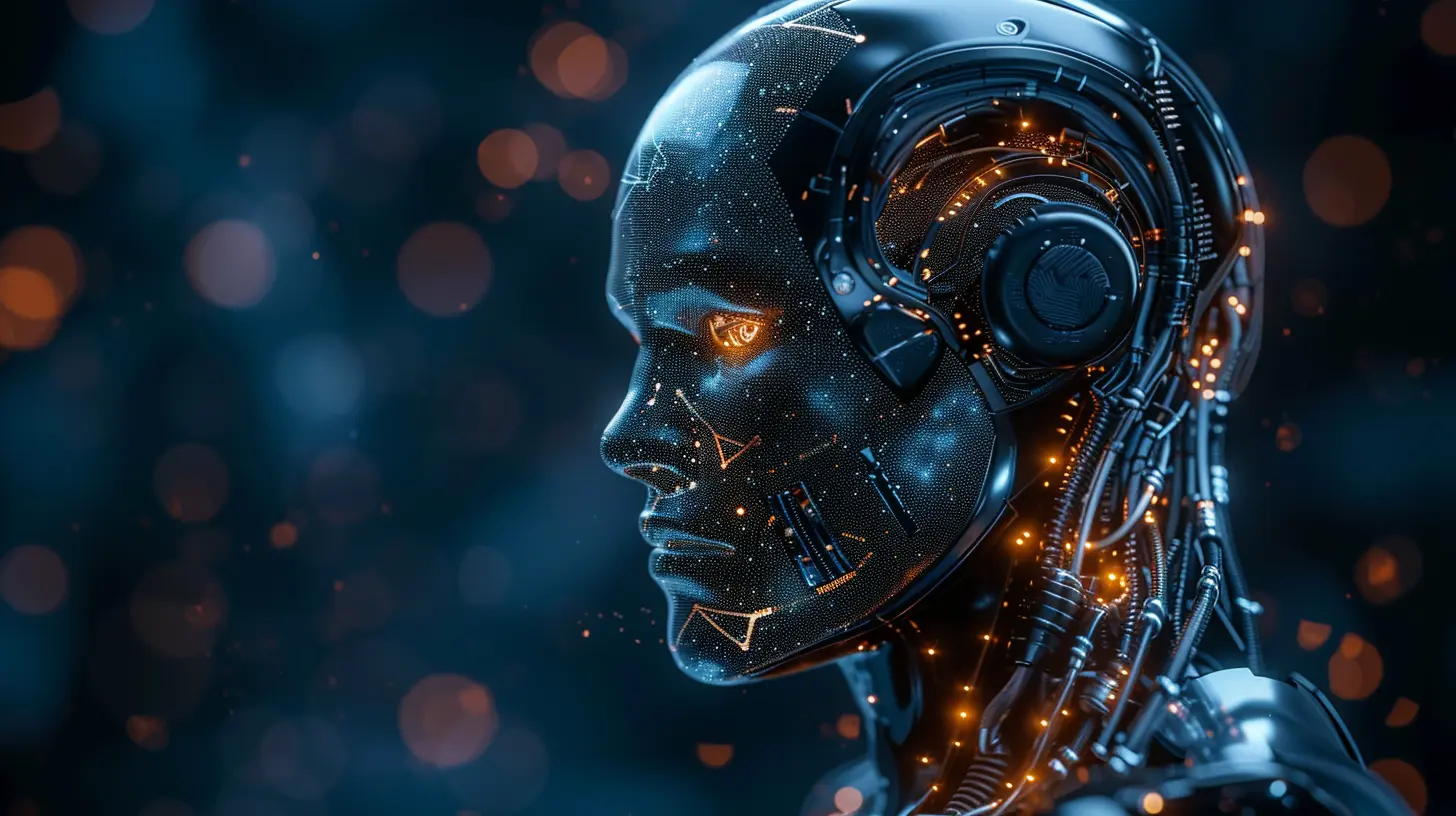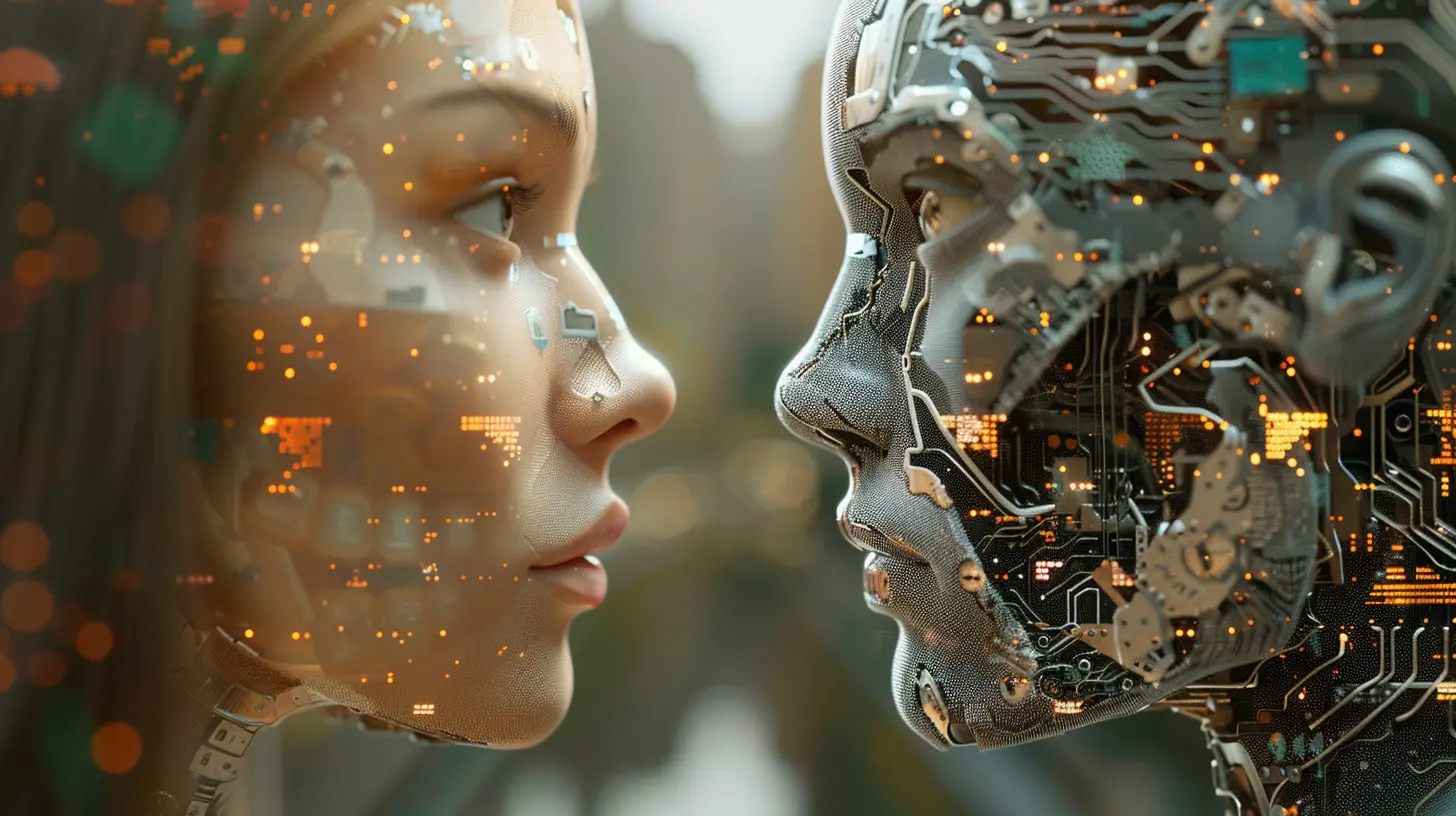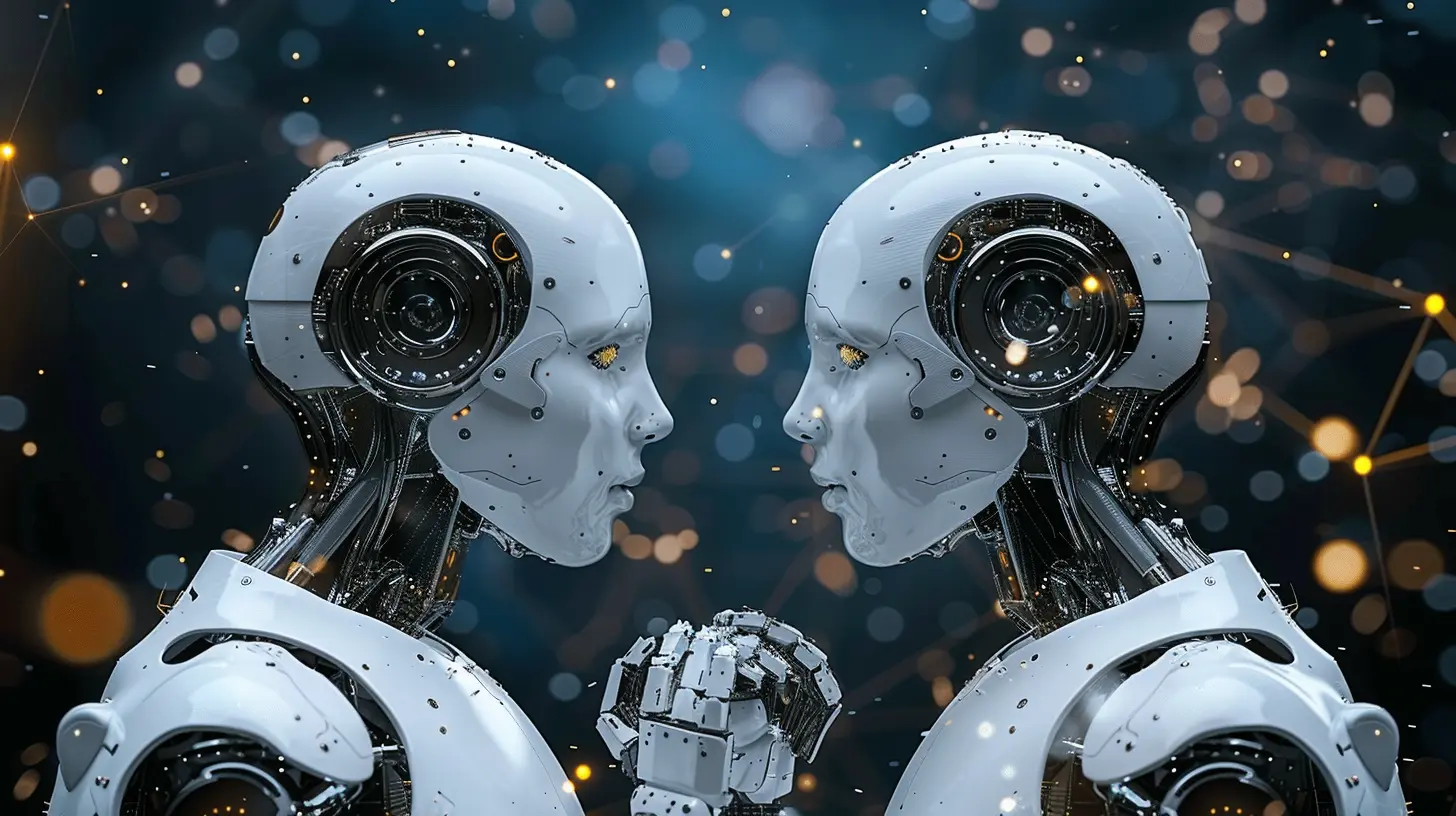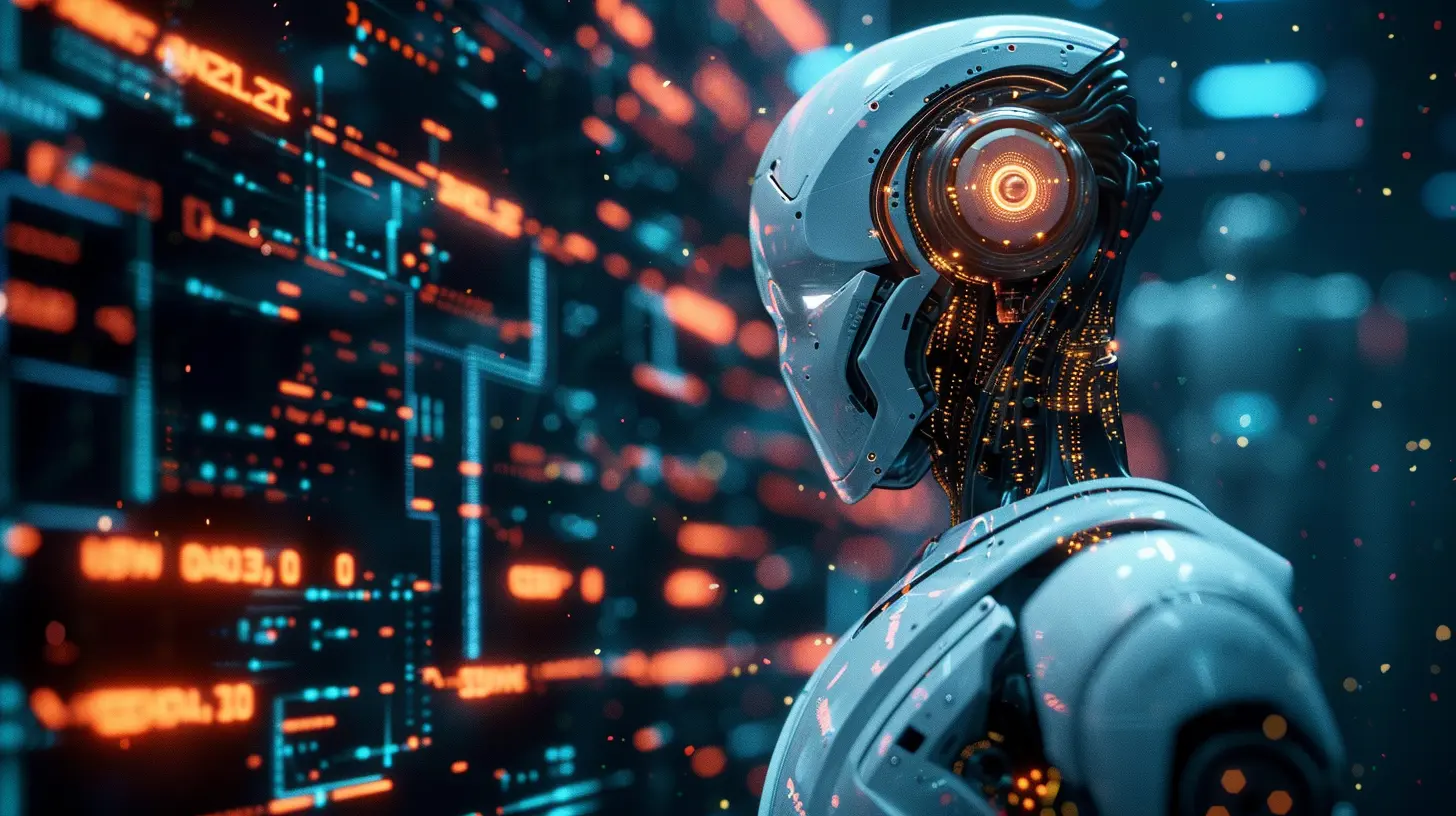The Relationship Between Machine Learning and Artificial General Intelligence
1 September 2025
Artificial intelligence (AI) has become a buzzword in tech circles, and two of its most intriguing aspects are Machine Learning (ML) and Artificial General Intelligence (AGI). While they’re often discussed together, they are fundamentally different concepts. ML is the backbone of modern AI applications, whereas AGI represents the ultimate goal—machines that can think and learn like humans.
But what exactly is the relationship between these two fields? Does machine learning pave the way for AGI, or is a completely new breakthrough required? Let’s dig deep into this fascinating topic. 
Understanding Machine Learning (ML)
Before we talk about AGI, we need to understand machine learning—the technology that powers most of today’s AI systems.What is Machine Learning?
Machine Learning is a subset of artificial intelligence that allows computers to learn from data without being explicitly programmed. Instead of following a rigid set of instructions, ML models analyze patterns and improve over time.A great way to think about ML is to compare it to teaching a child to recognize animals. Instead of explaining every detail, you show the child multiple images of cats and dogs. With enough examples, they start identifying them correctly. ML works in a similar way—feeding on lots of data to make predictions or decisions.
Types of Machine Learning
There are three main types of ML, each with different capabilities:1. Supervised Learning – The model learns from labeled data (think of teaching a child with flashcards containing pictures and names).
2. Unsupervised Learning – The model finds patterns in data without labels (like a child recognizing shapes without being told what they are).
3. Reinforcement Learning – The model learns through trial and error, much like training a pet with rewards and punishments.
Despite its impressive abilities, machine learning has one major flaw—it excels at specific tasks, but it doesn’t generalize knowledge like humans do. 
What is Artificial General Intelligence (AGI)?
AGI, or Artificial General Intelligence, is often described as the “holy grail” of AI. Unlike ML, which specializes in narrow tasks, AGI would possess human-like reasoning abilities, adaptability, and common sense.How is AGI Different from Traditional AI?
Most AI we see today (from recommendation algorithms to self-driving cars) is a form of narrow AI, meaning it’s designed to perform specific tasks. A chess AI, for example, might destroy the world’s best players, but ask it to cook a meal, and it’s completely useless.AGI, on the other hand, would be capable of learning any intellectual task that a human can—whether it's playing chess, composing music, or diagnosing medical conditions. It wouldn’t need separate models for each task; instead, it would learn and adapt dynamically.
Imagine an AI that could not only learn to play a game but also apply that learning to real-world problem-solving—that’s AGI in action. 
The Link Between Machine Learning and AGI
Now comes the big question: Is machine learning the path to AGI? Some believe it is, while others argue that ML alone will never be enough.ML as a Building Block for AGI
Machine learning provides the foundation for AGI in several ways:- Processing Large Datasets: Just like humans learn from experience, an AGI system would require massive amounts of data—something ML is already great at handling.
- Pattern Recognition: ML models excel at identifying patterns and relationships in data, an essential skill for AGI.
- Self-Improvement Through Reinforcement Learning: Training AGI will likely involve reinforcement learning, where the system learns from successes and failures.
Today’s most advanced AI models—like GPT-4 or DeepMind’s AlphaZero—demonstrate glimpses of intelligence, but they still fall short of AGI. They’re powerful pattern matchers, but they lack true understanding and reasoning.
The Limitations of Machine Learning in Achieving AGI
While ML contributes to AGI research, it alone might not be enough. Here’s why:1. Lack of Common Sense Reasoning – ML models can predict outcomes based on data, but they don’t understand the world the way humans do. They have no innate sense of physics, emotions, or social interactions.
2. Dependence on Large Datasets – Unlike humans, who can learn from a few examples, ML models need millions of data points.
3. Inability to Transfer Knowledge – A model trained to play chess cannot instantly apply its learning to playing poker. AGI will require true cognitive flexibility.
Simply put, ML is a crucial stepping stone toward AGI, but additional breakthroughs in fields like neuroscience, cognitive science, and reasoning-based AI may be necessary. 
The Road to AGI: What’s Still Missing?
Despite massive advancements in AI, we’re still far from achieving true AGI. Here are some major hurdles researchers are trying to overcome:1. Understanding Human Intelligence
- We still don’t fully understand how human intelligence works. If we can't replicate the human brain's functionality, how can we expect to build an artificial version of it?
2. Developing Generalized Learning Capabilities
- Current ML models memorize rather than truly understand. AGI would require an advanced learning mechanism that enables generalization across different domains.
3. Reasoning and Problem-Solving
- Humans can reason, plan, and adapt with minimal data. AGI needs to develop a similar form of cognitive reasoning.
4. Emotional and Social Intelligence
- True human-like intelligence isn’t just about logic—it also involves emotion, intuition, and social skills. AGI needs to grasp these concepts to function effectively alongside humans.
5. Ethical and Safety Concerns
- What happens when machines become as intelligent as humans—or even surpass us? Preventing unintended consequences of AGI is one of AI researchers' biggest challenges.
Will Machine Learning Ever Lead to AGI?
So, will ML eventually evolve into AGI, or do we need a revolutionary breakthrough?The truth is, no one knows for sure. Some experts believe that scaling up ML models with more data and computational power will eventually lead to AGI. Others argue that current ML techniques are fundamentally limited and that we need to invent entirely new paradigms.
One possible path forward is hybrid AI, which combines ML with rule-based reasoning and symbolic AI. By merging different learning approaches, we might inch closer to machines that can think, reason, and adapt like humans.
Final Thoughts
The relationship between machine learning and artificial general intelligence is both fascinating and complex. While ML has propelled AI forward at an astonishing rate, it’s only one piece of the puzzle. True AGI will likely require new discoveries in intelligence, cognition, and learning mechanisms.That being said, ML isn’t going anywhere—it's the most powerful AI tool we have today, and it will undoubtedly continue to shape the future of artificial intelligence. But whether it alone will lead to AGI? That’s the billion-dollar question.
One thing is certain—the journey to AGI is just beginning, and it’s one of the most exciting frontiers in technology today.
all images in this post were generated using AI tools
Category:
Machine LearningAuthor:

Ugo Coleman
Discussion
rate this article
1 comments
Avery Cain
Great insights on ML's role in AGI development!
September 4, 2025 at 3:55 AM

Ugo Coleman
Thank you! I'm glad you found the insights valuable!


